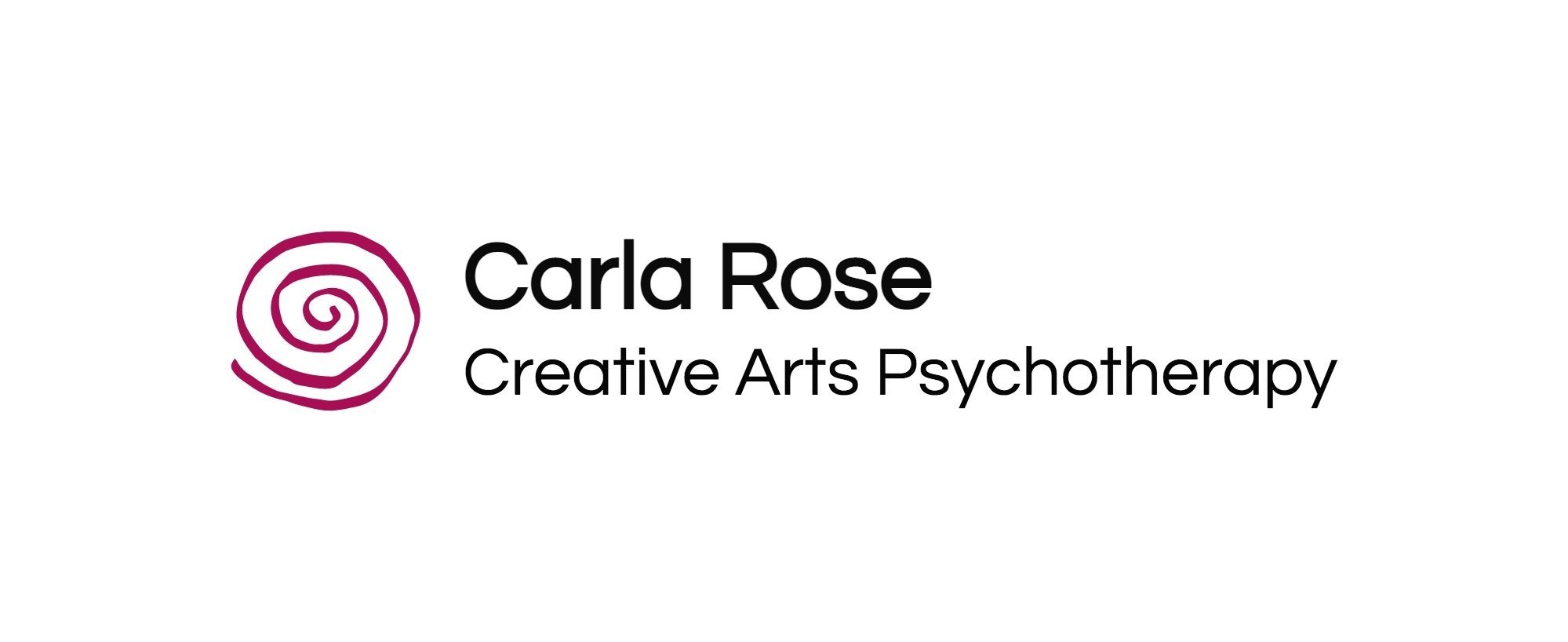Frequently Asked Questions
What helps during stressful times?
Structure - Our minds and bodies respond well to routines. When life is full of uncertainties, it helps to impose structure on our day, like choosing a regular time to go to bed and a regular wake-up time.
Mindfulness - Bringing focus to a single activity helps your nervous system settle down, calming body and mind.
Connection - We all need contact with others. Whether on the phone, over a zoom date or in person, it is important to engage in important and meaningful conversations and to feel understood.
Validation - Everyone needs to feel understood, seen and valued. Affirmations can help.
Self-expression - Writing, drawing, painting, dancing, singing, rapping, doodling, poetry or whatever floats your boat. Choose something and do it! Allow what is inside you to be experienced and shared.
Get a change of scenery or at least a change of perspective
Why art therapy?
Art therapy invites feelings and experiences to emerge through art expression. When we practice creativity, we use more of our problem solving capacities to find our own answers.
What do Art Therapists have their degree in?
Art Therapists are required to have a Master’s Degree in either Art Therapy, Music Therapy, Drama Therapy, Dance/Movement or Poetry Therapy. In New York, Creative Arts Therapists require a license, just like Social Workers.
What happens in an art therapy session?
Focus is on safe expression; sometimes it is easier to draw a picture or choose colors that show how you feel rather than answer a direct question. Each session is tailored to the needs of the individual or group, so each session is different. Sessions may include discussion, a grounding or mindfulness exercise, a creative directive and time to process what has been created.
Do you interpret or analyze the art and symbols?
Each person chooses what to say about their artwork. Any interpretation comes from the artist.
Is art therapy only for kids?
Art therapy is not just for kids nor do you need any special interest or talent in art. Many adults and adolescents have found art therapy to be an important part of their healing process. Art therapists work with every population that seeks therapy.
What do you specialize in?
Children, teens and adults experiencing challenges having to do with transitions, anxiety, depression or self-esteem, and significant life changes.
What do you do with a client who doesn’t want to draw?
Creative Arts Therapy encourages experimentation with various materials and methods, combining modalities to find what works best for the client. Drawing is not mandatory. One size does not fit all!
Do you address the same issues that a psychologist or social worker would?
We all help people achieve their goals and have various ways or tools to help.
Do you have to be an artist or talented to go to art therapy?
Art therapy may include using a pencil or clay, paper or paint to represent issues that may be concerning to you, in order to look at them with a sense of objectivity. We do not focus on the end product or on teaching a skill or technique, although we can help with technical issues as well. Finding your best means of expression is personal and everyone can participate in art therapy.
What does it cost and will my insurance cover art therapy services? CLICK HERE


